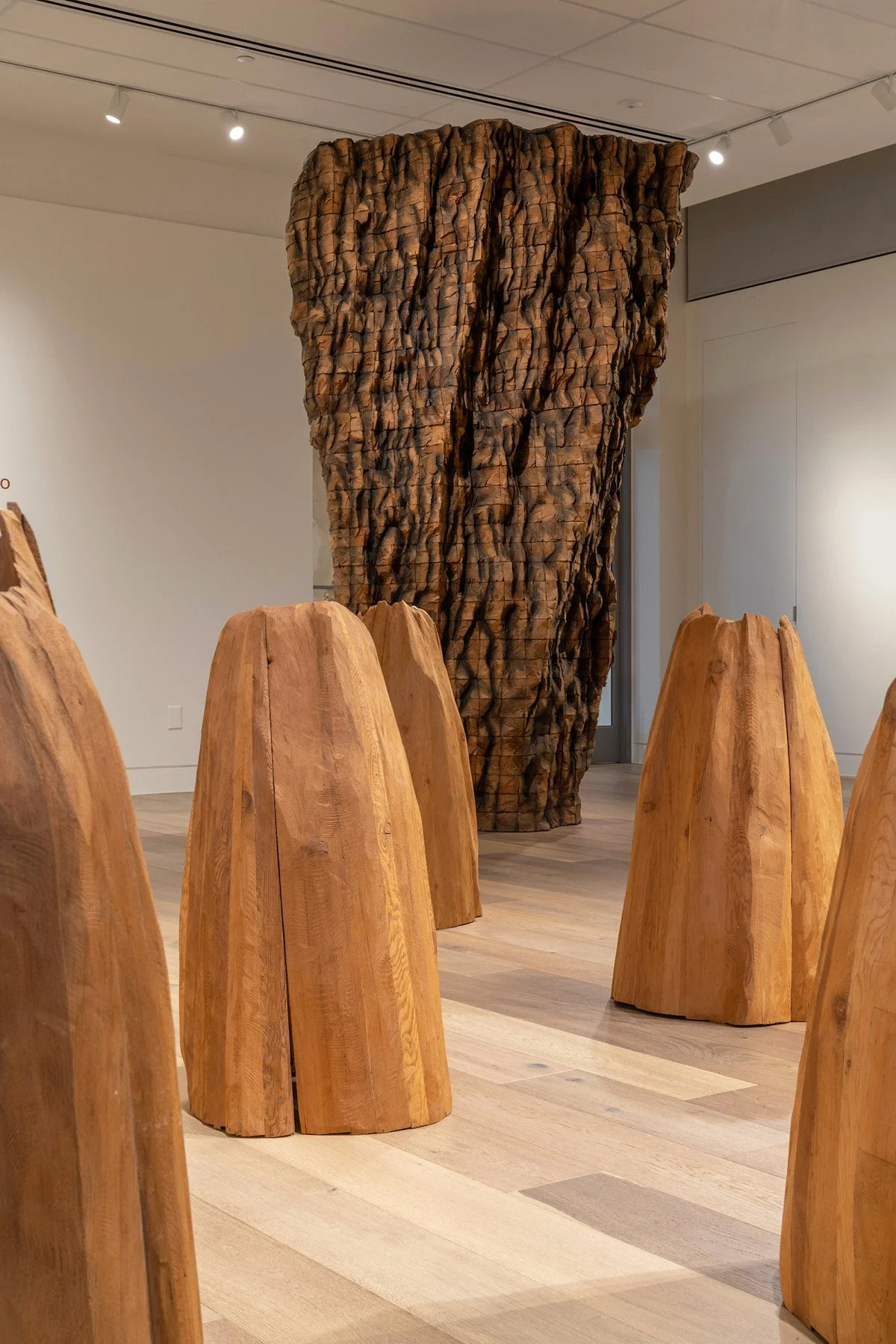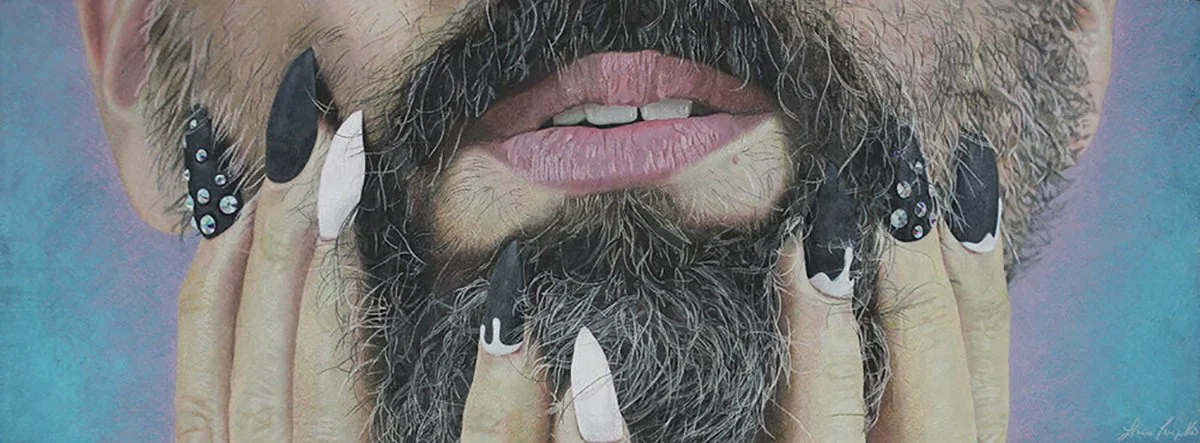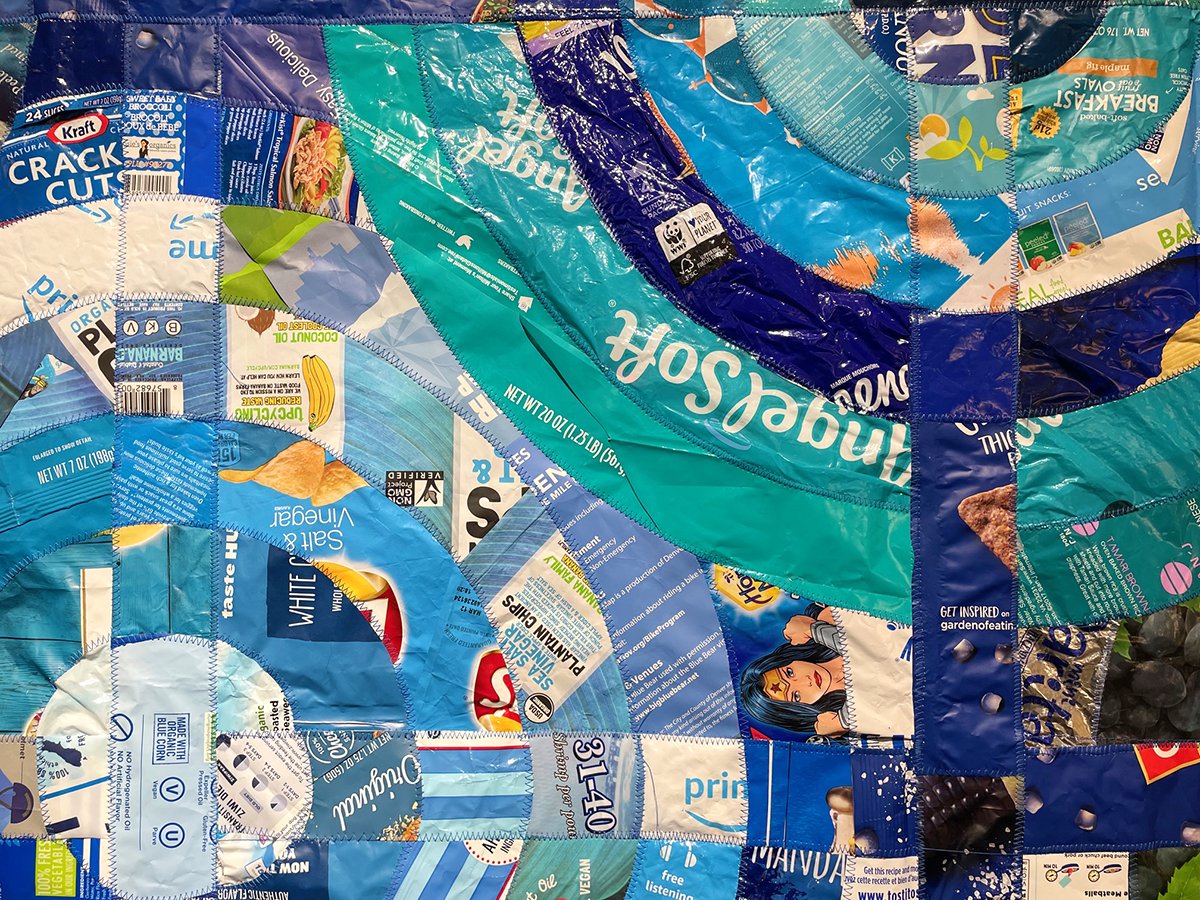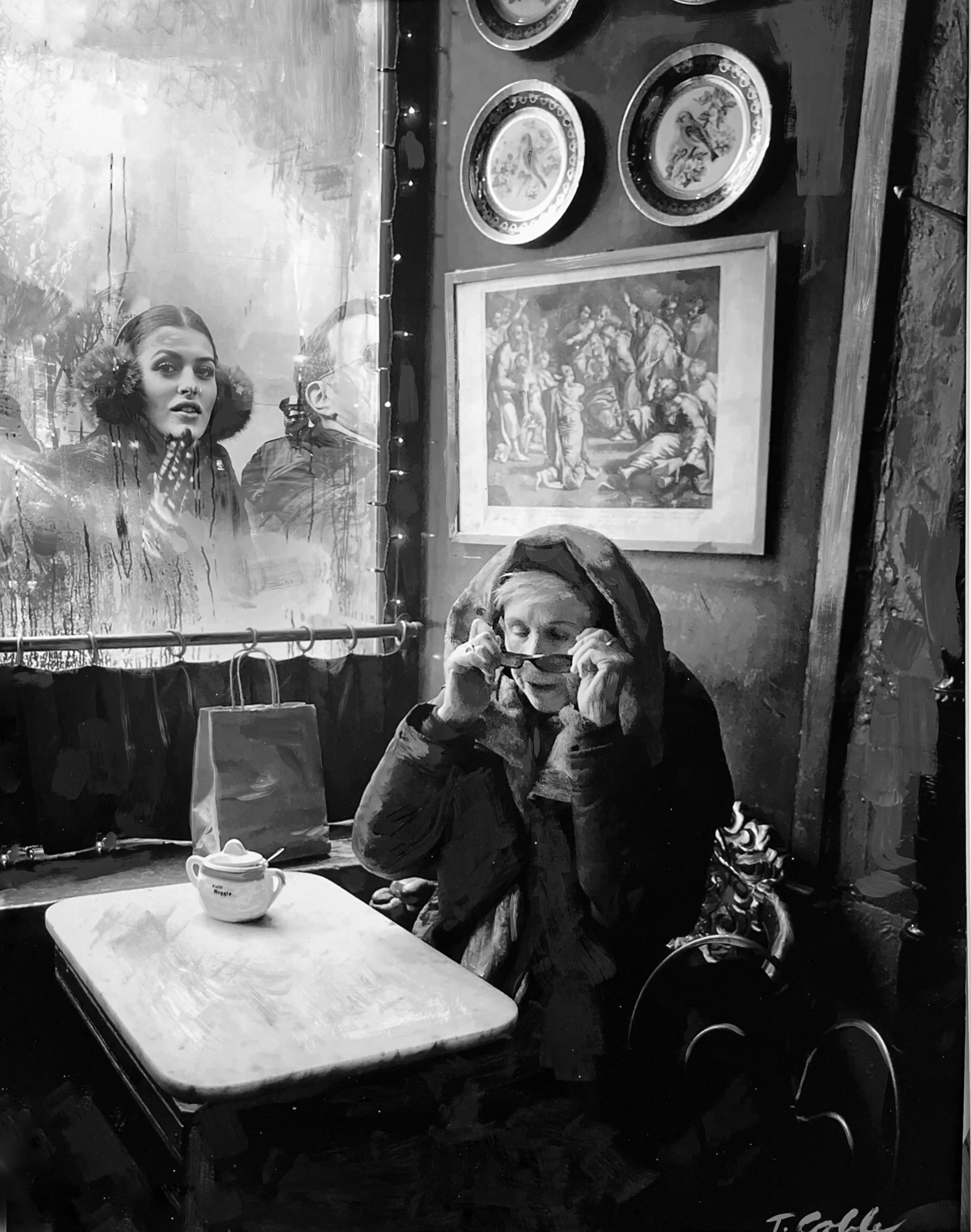In elin o’Hara slavick’s solo exhibition Dark Archive at the University of Colorado, Colorado Springs (UCCS) Galleries of Contemporary Art (GOCA) Downtown, each colorful drawing corresponds to a site bombed by the U.S. The cyanotypes are made by the shadows of radiated objects that were hit by the atomic blast in Hiroshima—objects now preserved in the Hiroshima Peace Memorial Museum. slavick’s strategy is to create visually arresting work that draws us in while simultaneously pointing to something outside itself.
Welcome to DARIA: Denver Art Review, Inquiry, and Analysis, a publication devoted to art writing and criticism focused on the Denver-area visual art scene. DARIA seeks to promote diverse voices and artists while fostering critical dialogue around art.





















